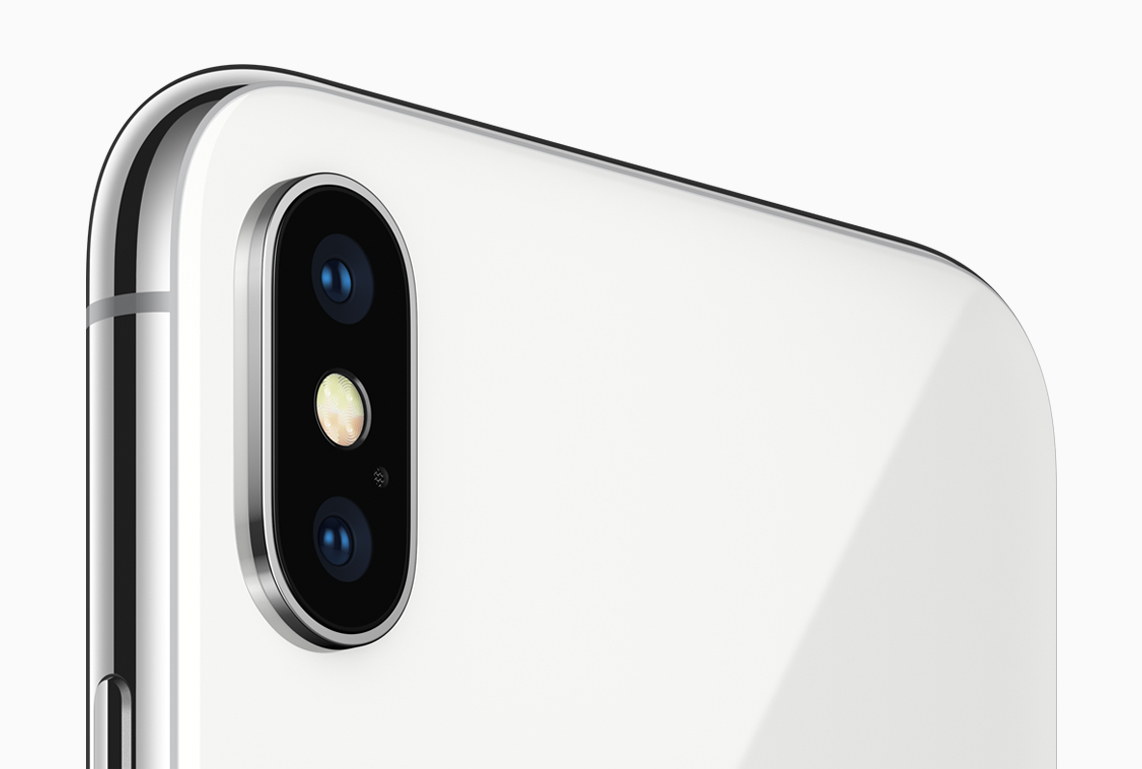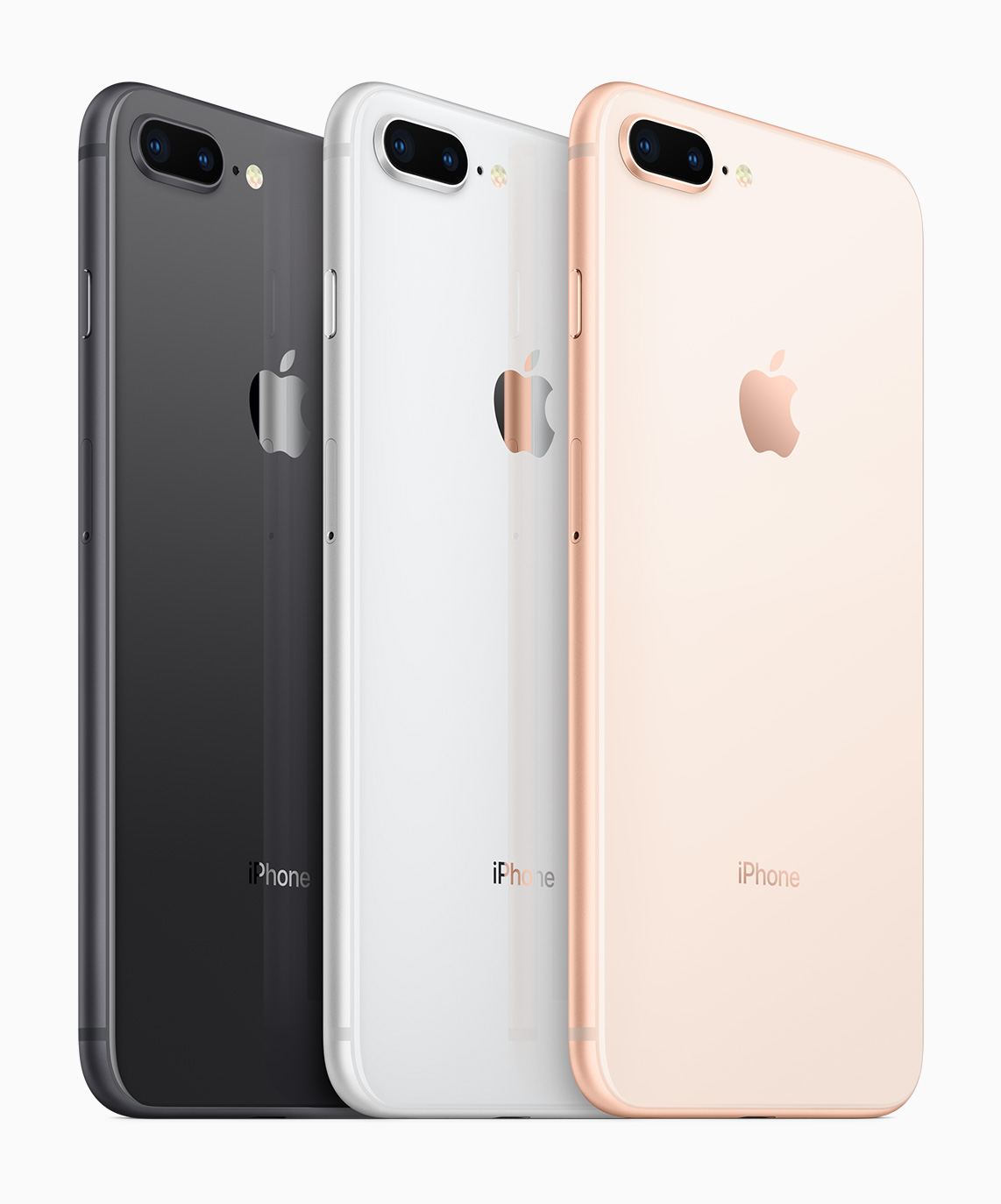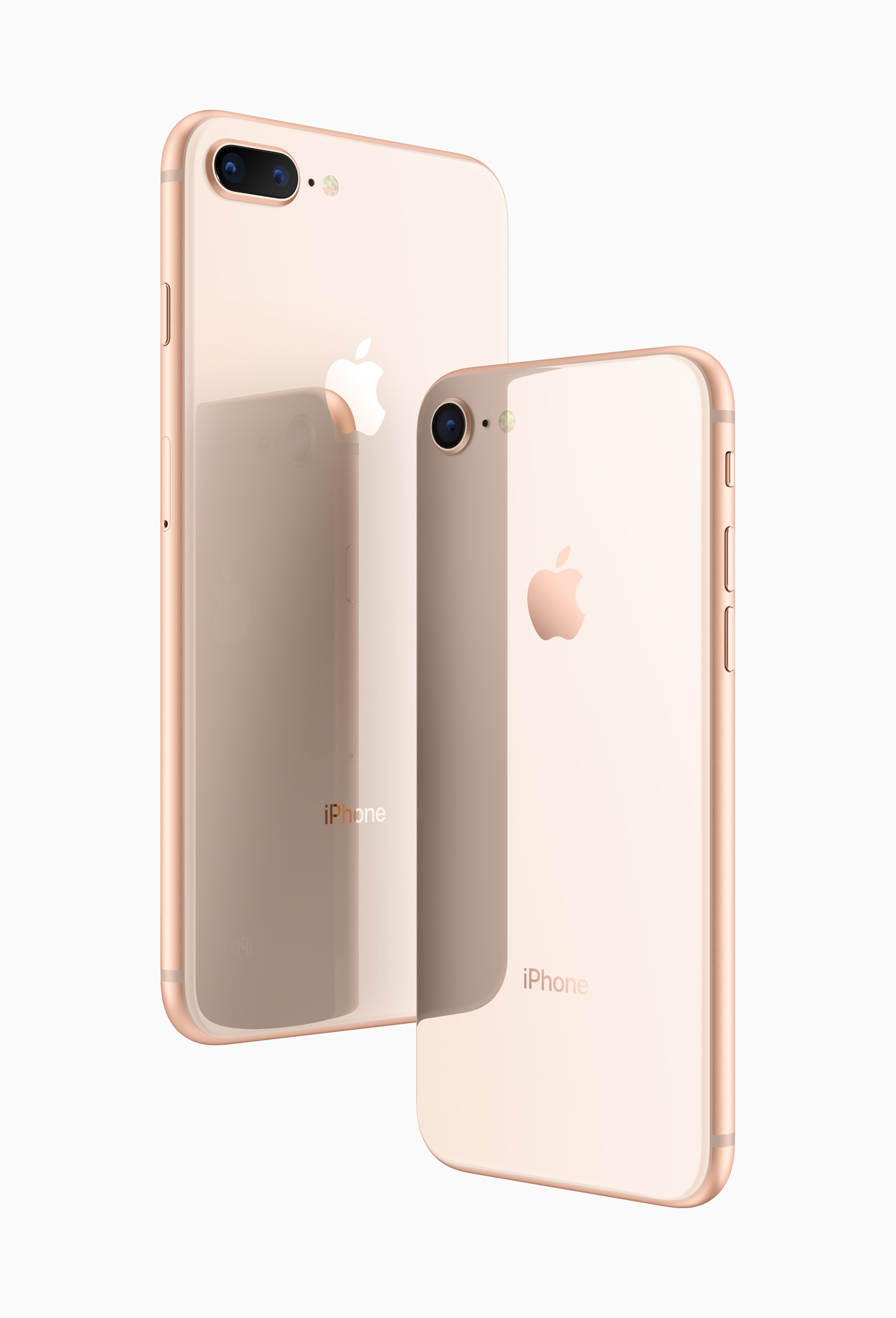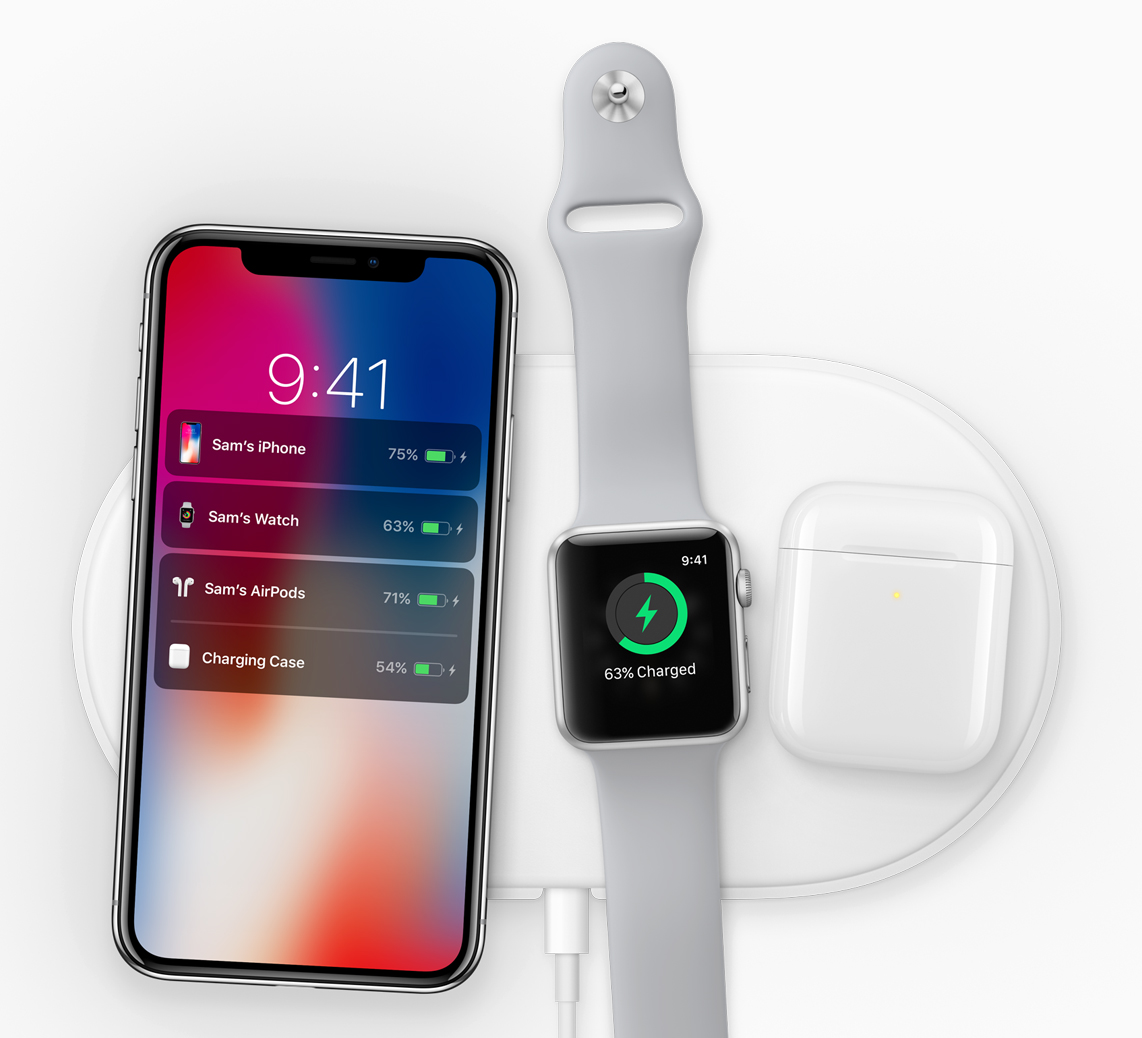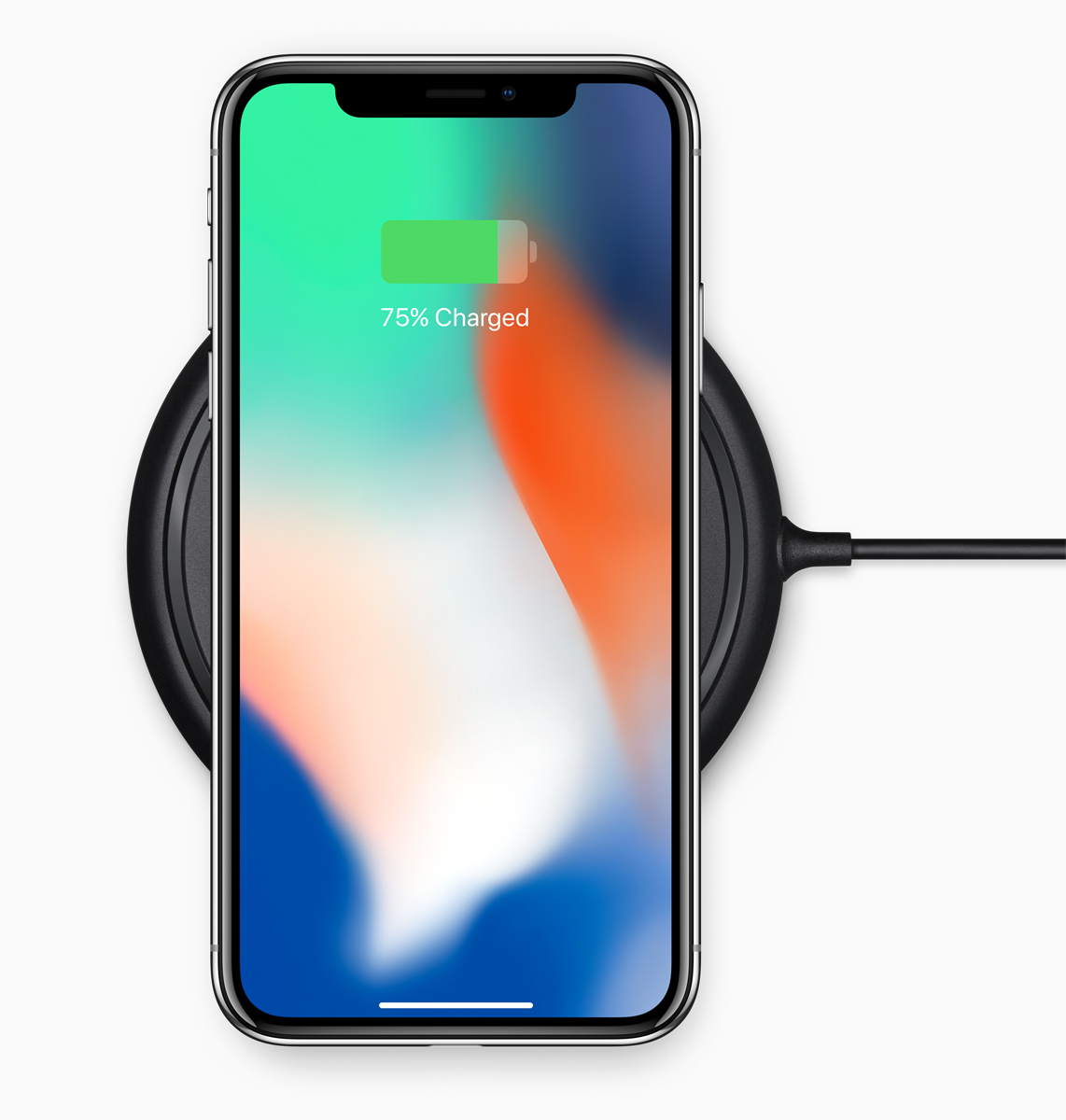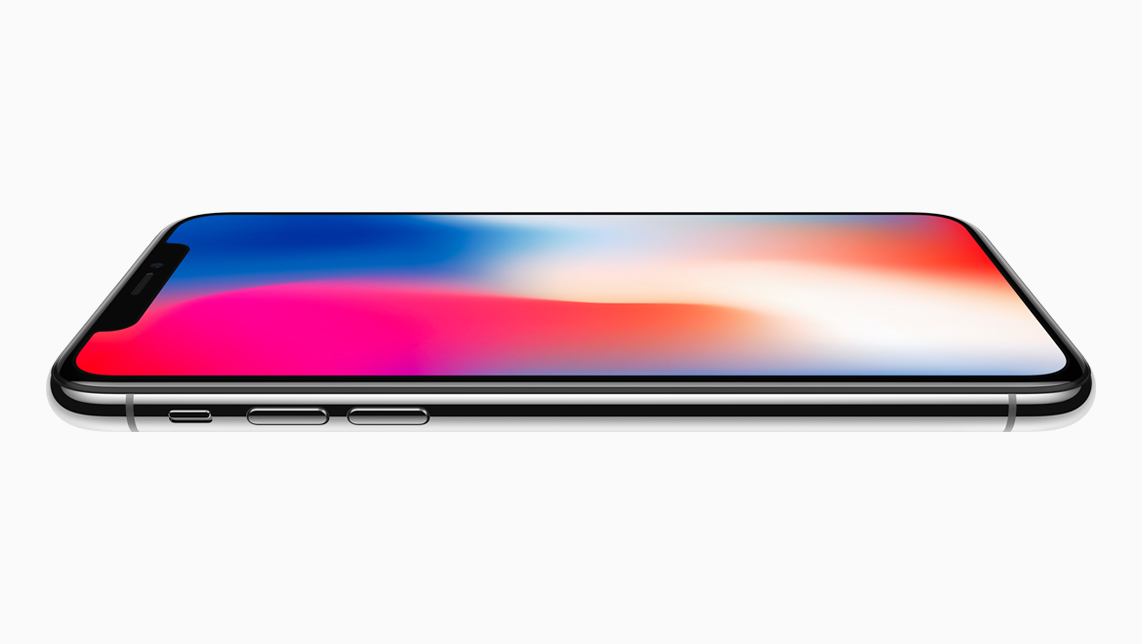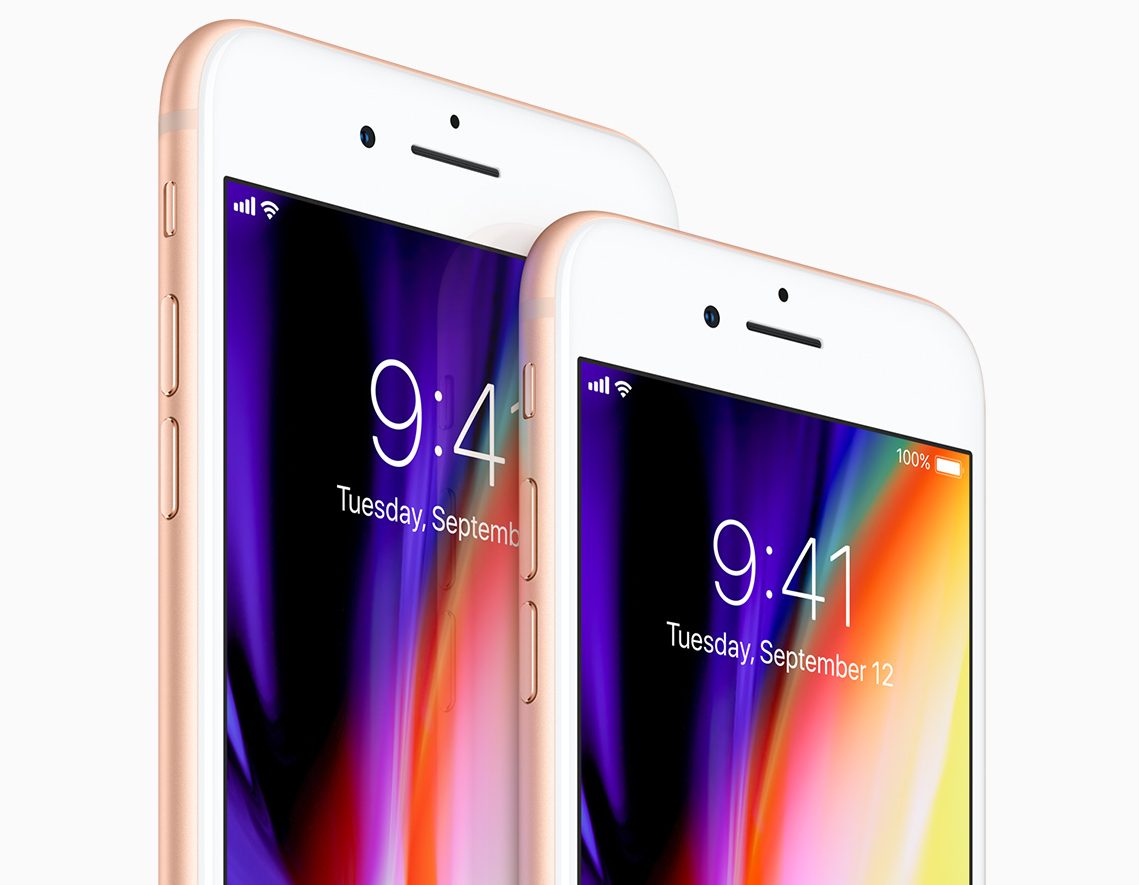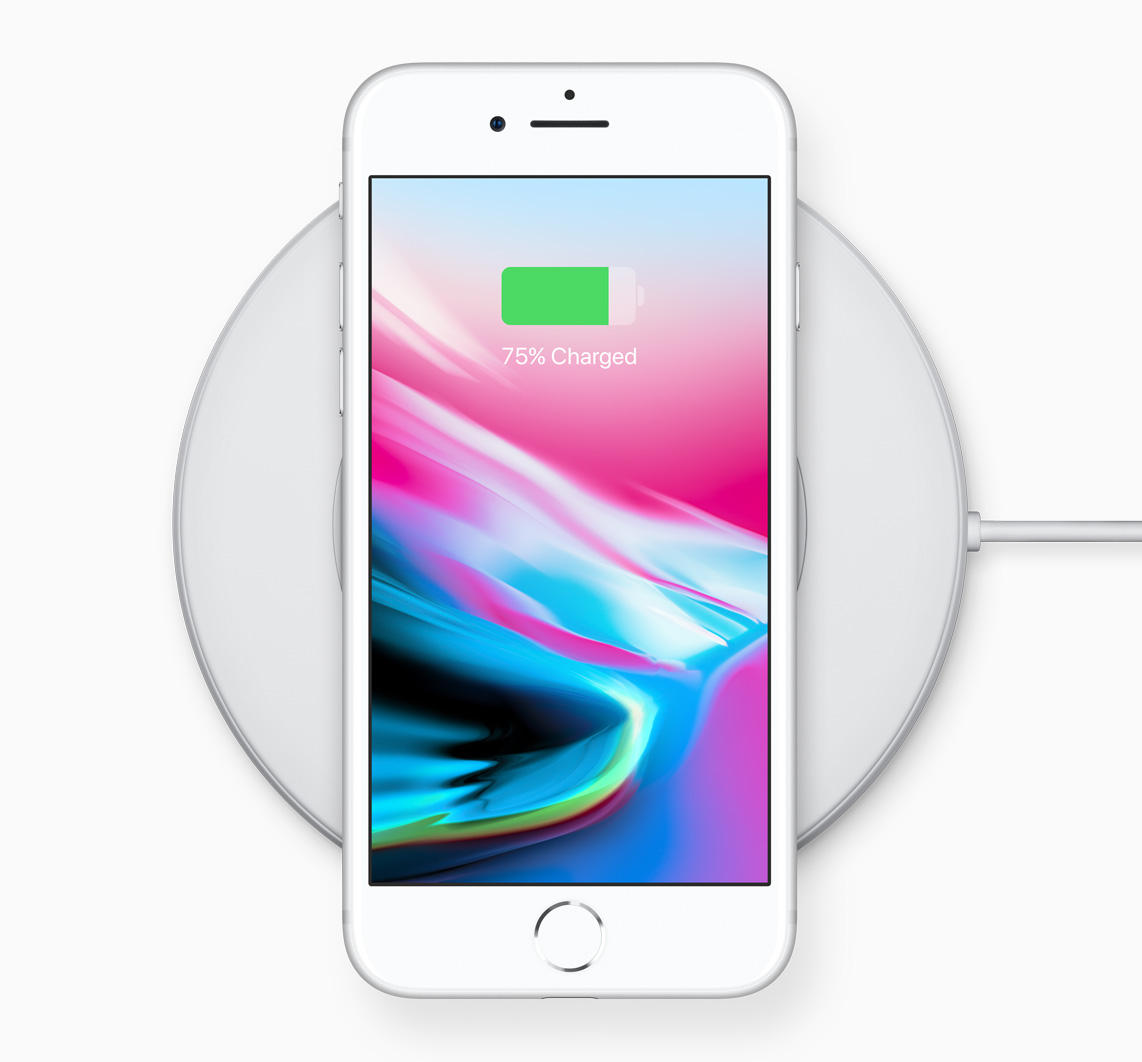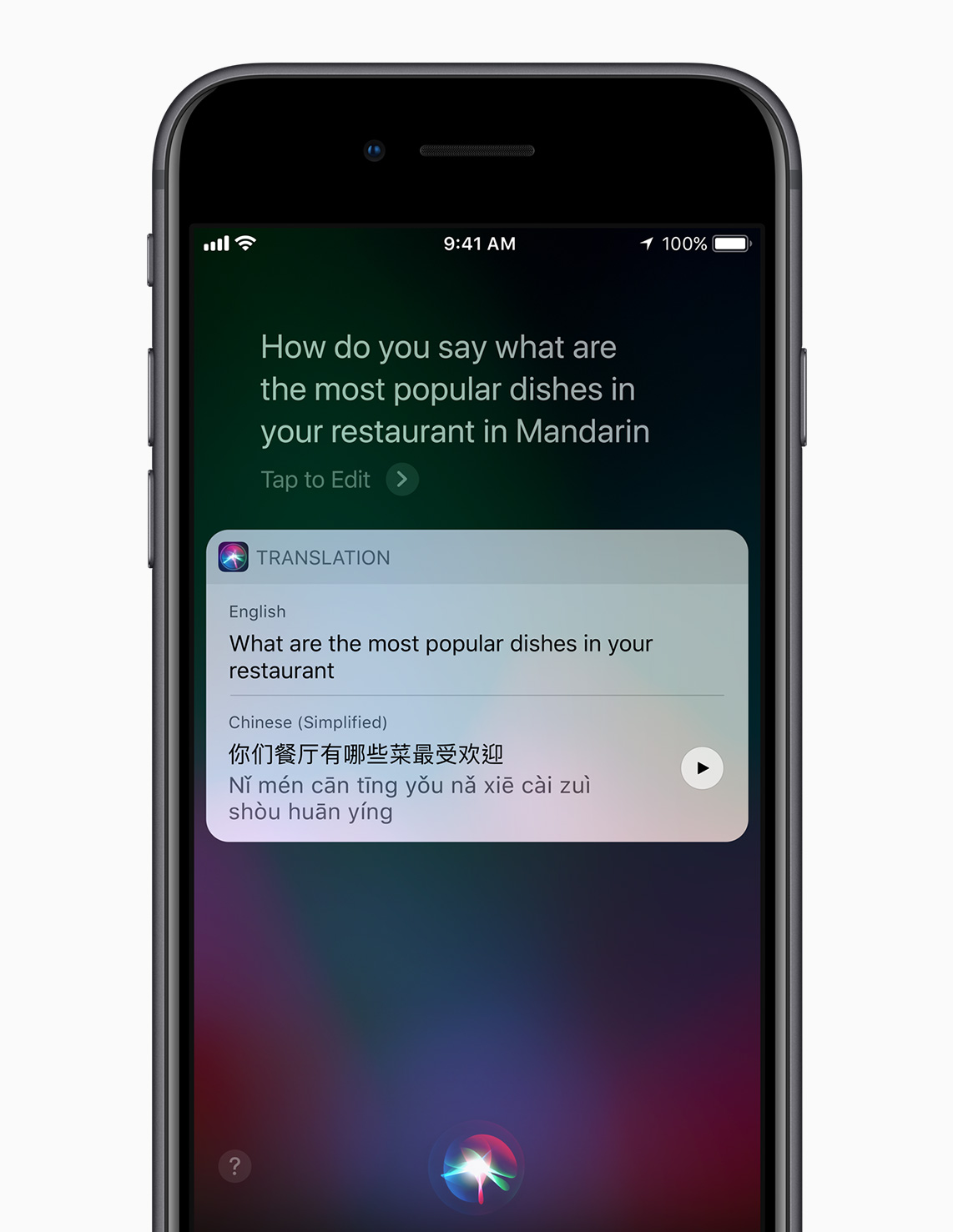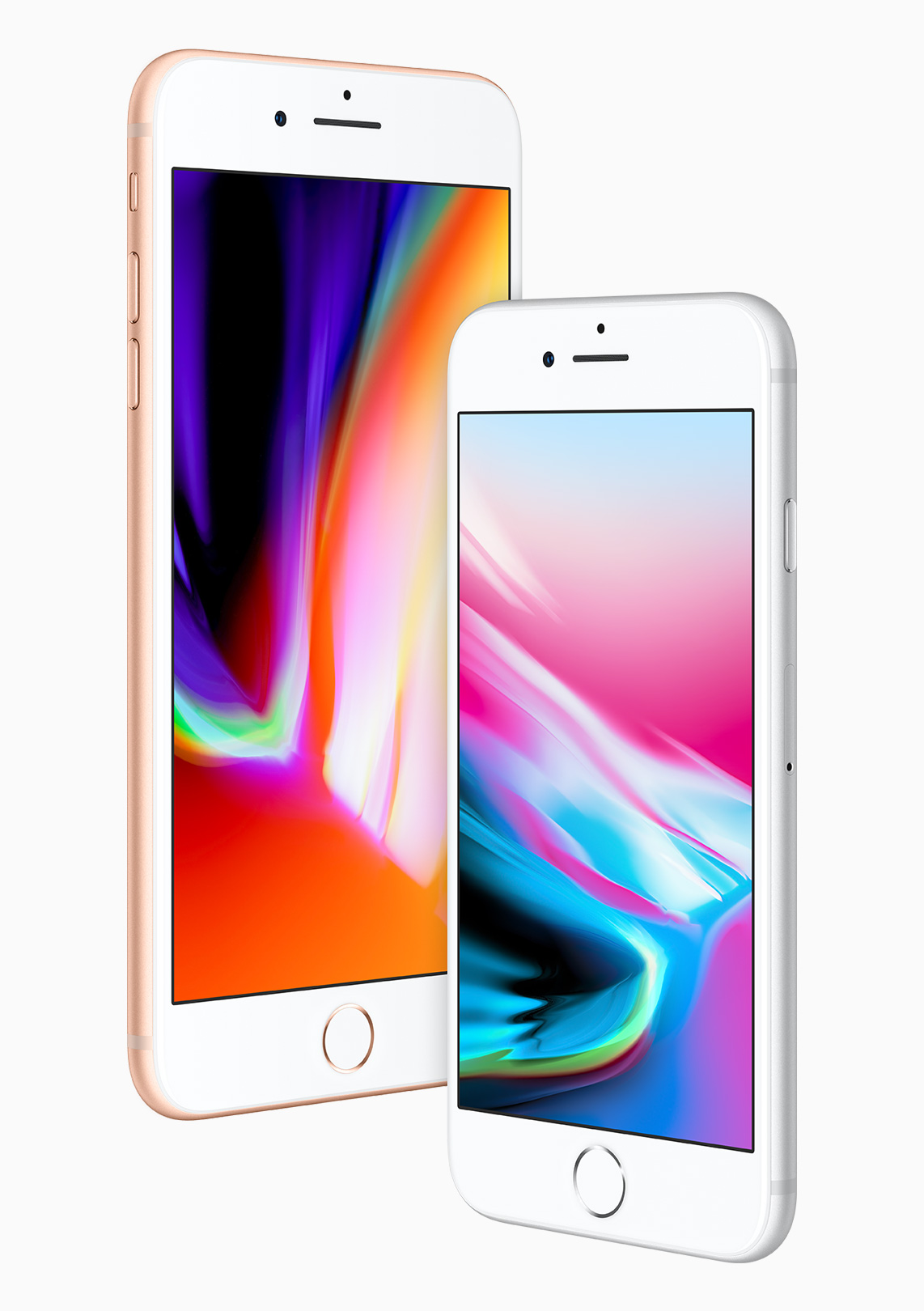Apple introduced the trio on Tuesday new iPhones and together with them also a new version of the processor that powers them. The A10 Fusion chip has reached its end of life, and now a new chip, this time named A11 Bionic, will compete with the competition in the benchmark spotlight. Apple is very efficient in its chip designs, and it has been shown more than once that even a year-old chip can measure up to the current competition. The A11 Bionic thus once again has brutal performance. The first measurements indicate that it is not really a sharpener, and in certain situations the chip is stronger than some processors from Intel, which Apple uses for its notebooks.
The first records of the new devices have appeared on the results servers of the Geekbench benchmark, which are codenamed "10,2", "10,3" and "10,5". They all use the same processor, the A11 Bionic. It is an SoC that offers a six-core CPU (in a 2+4 configuration) and its own "in-house" GPU. In a series of twelve measurements using the Geekbench 4 benchmark, it was revealed that the A11 processor is able to achieve an average result of 4 in the single-threaded test and 169 in the multi-threaded test.
It could be interest you

For comparison, last year's iPhone 7, with the A10 Fusion chip, achieved a result of 3/514 points. So this is a very decent increase in gross performance. As of Tuesday, Apple's most powerful SoC, the A5X Fusion, which is featured in the new iPad Pros, scores 970/10.
The comparison with the classic processors from Intel, which Apple equips its laptops with, is very interesting. In one of the tests of the new iPhone, the phone scored 4 points in a single-threaded test, which is a hair more than this year's MacBook Pro with the i274-5U processor. However, this is an extreme case. However, in multi-threaded tests, the mobile processor for chips from Intel is not much competition. For example, you can look at a detailed comparison of gross performance <a href="https://cdn.shopify.com/s/files/1/1932/8043/files/200721_ODSTOUPENI_BEZ_UDANI_DUVODU__EN.pdf?v=1595428404" data-gt-href-en="https://en.notsofunnyany.com/">here</a>, where it is possible to compare measured values with computers from Apple. In terms of multi-threaded performance, the A11 Bionic chip is roughly on par with 5-year-old MacBooks and iMacs.
In addition to the results in the form of numbers, Geekbench also showed us other information about the new processors. The two high-performance cores of the new processor should run at a frequency of 2,5 GHz, the clock speeds of the energy-saving cores are not yet known. The SoC also offers 8MB of L2 cache. Expect many more comparisons and tests to appear in the coming days. As soon as the first models get into the hands of reviewers, the internet will be full of tests.
It could be interest you

Source: Appleinsider
